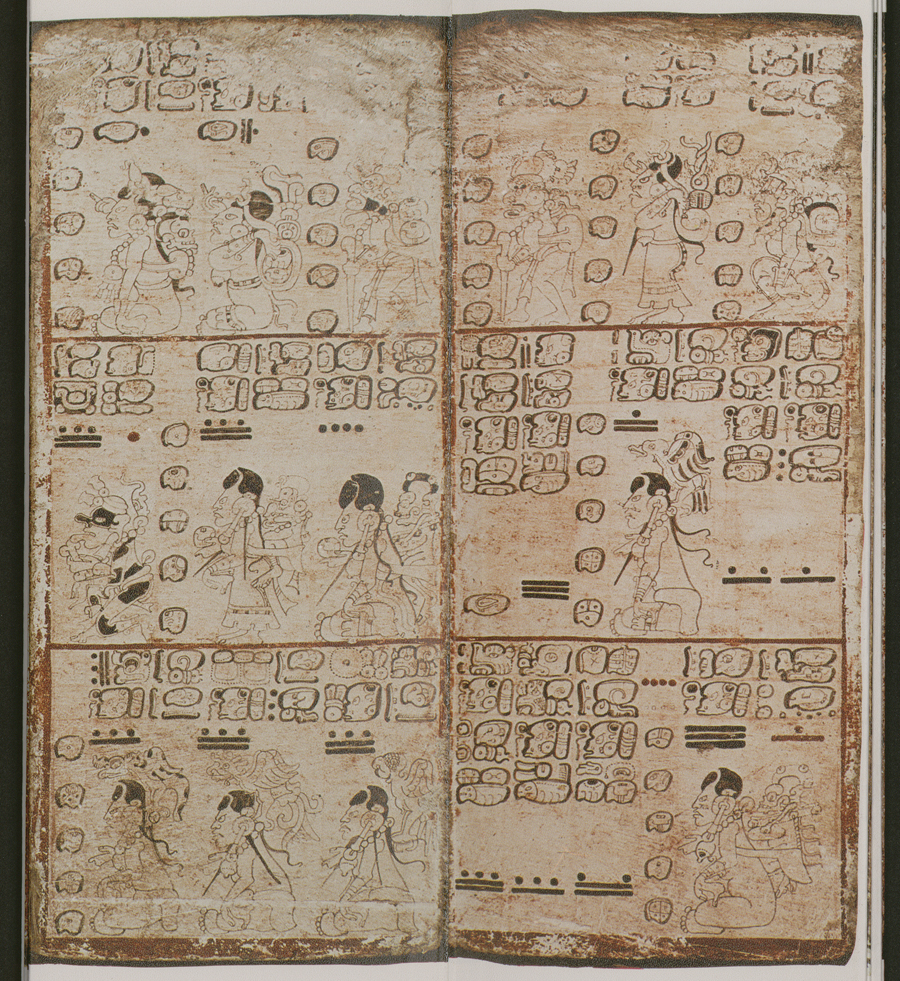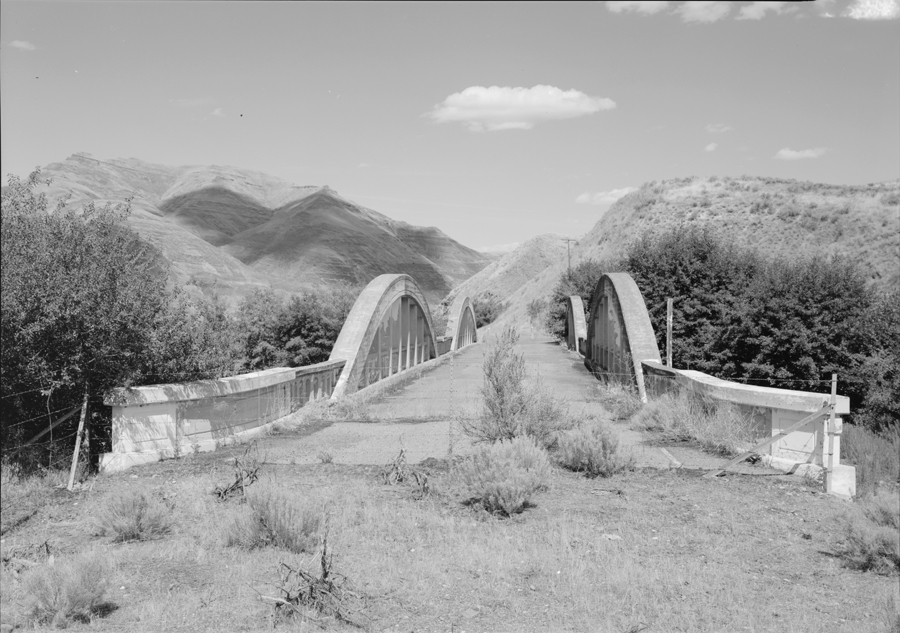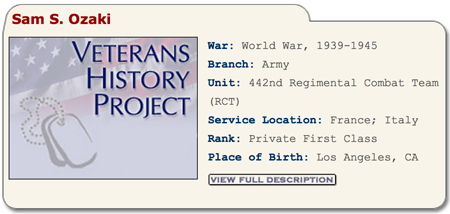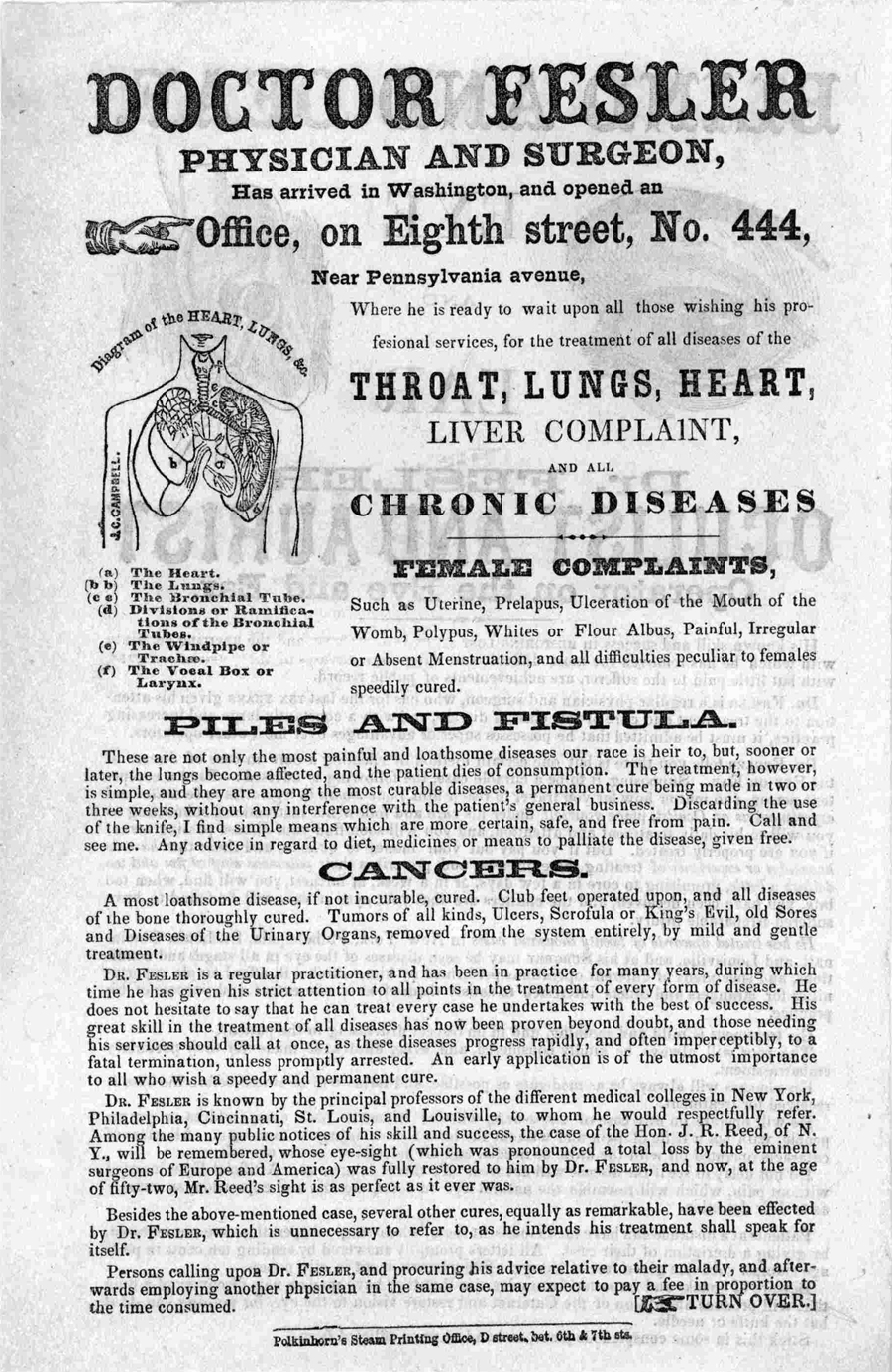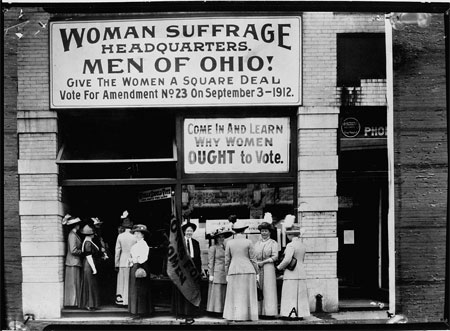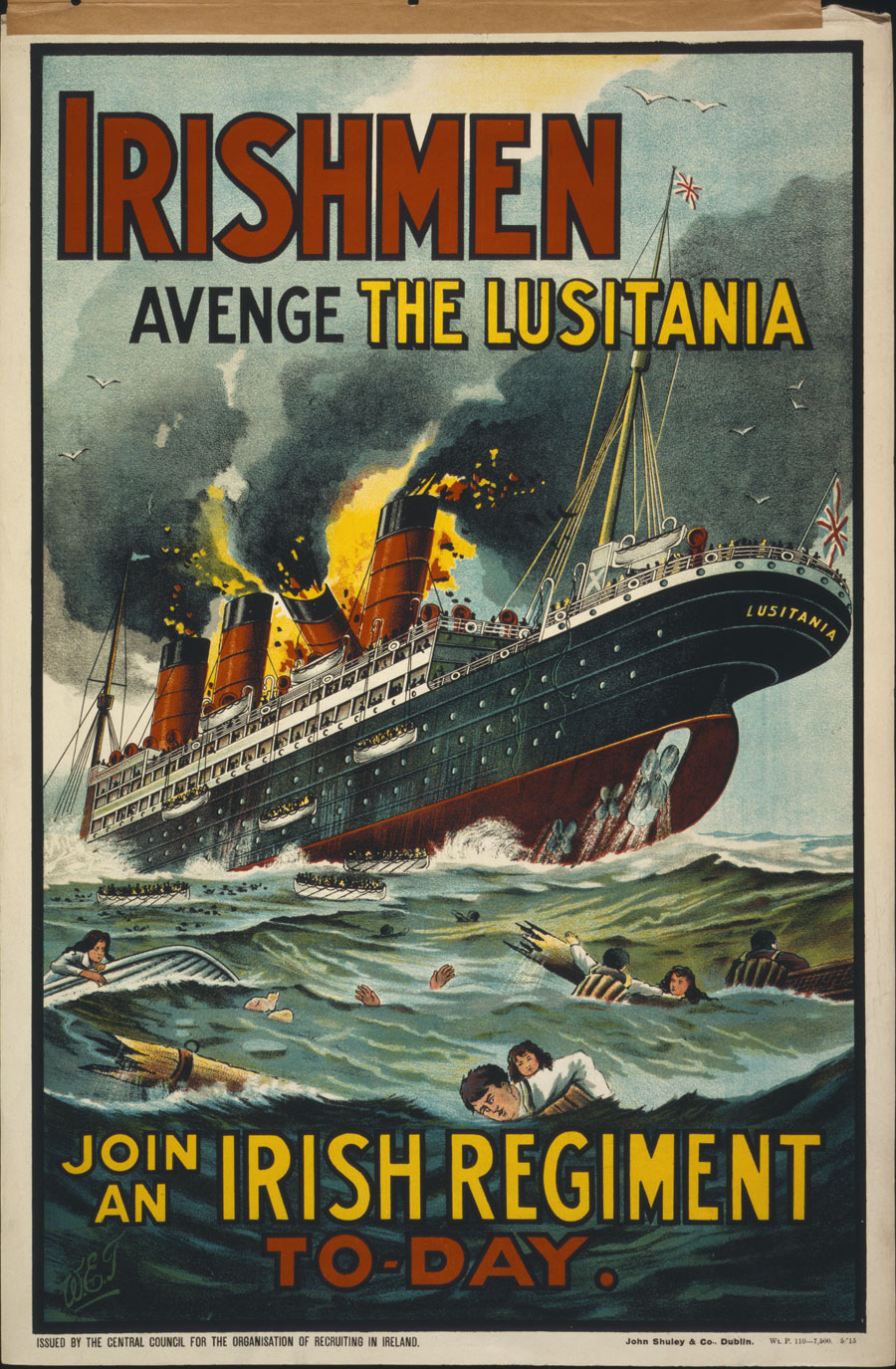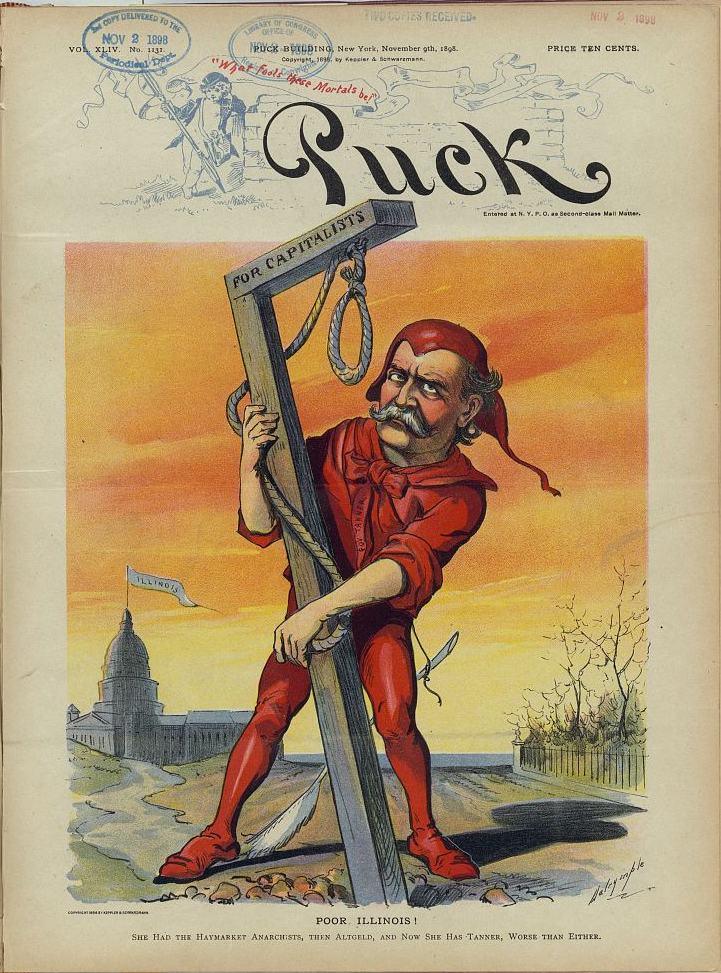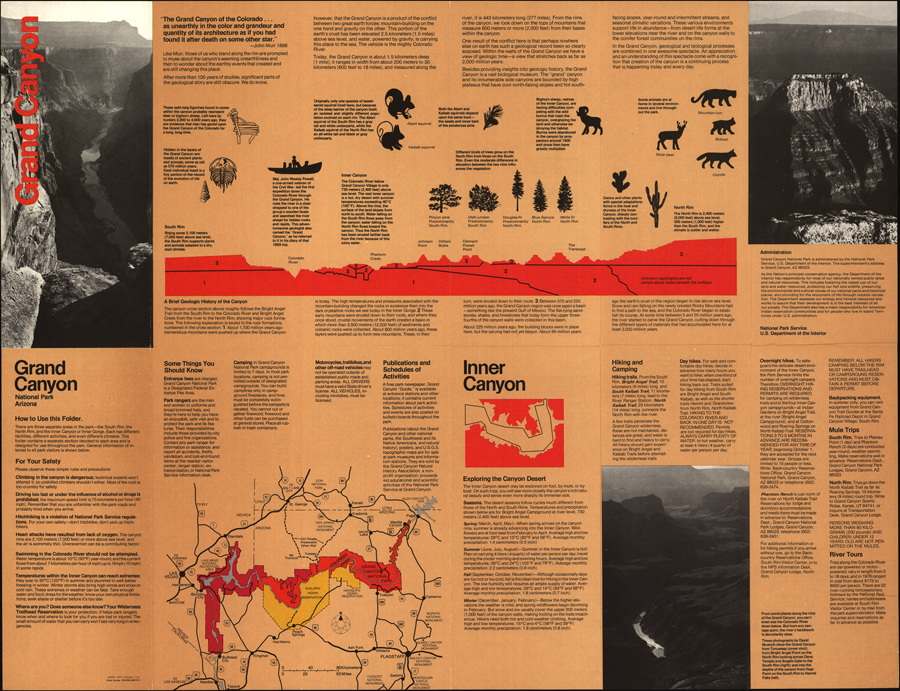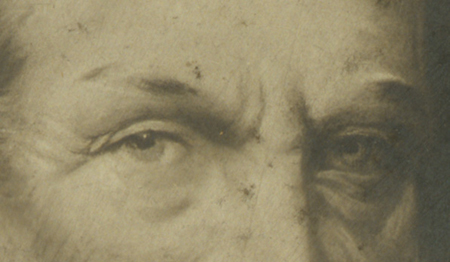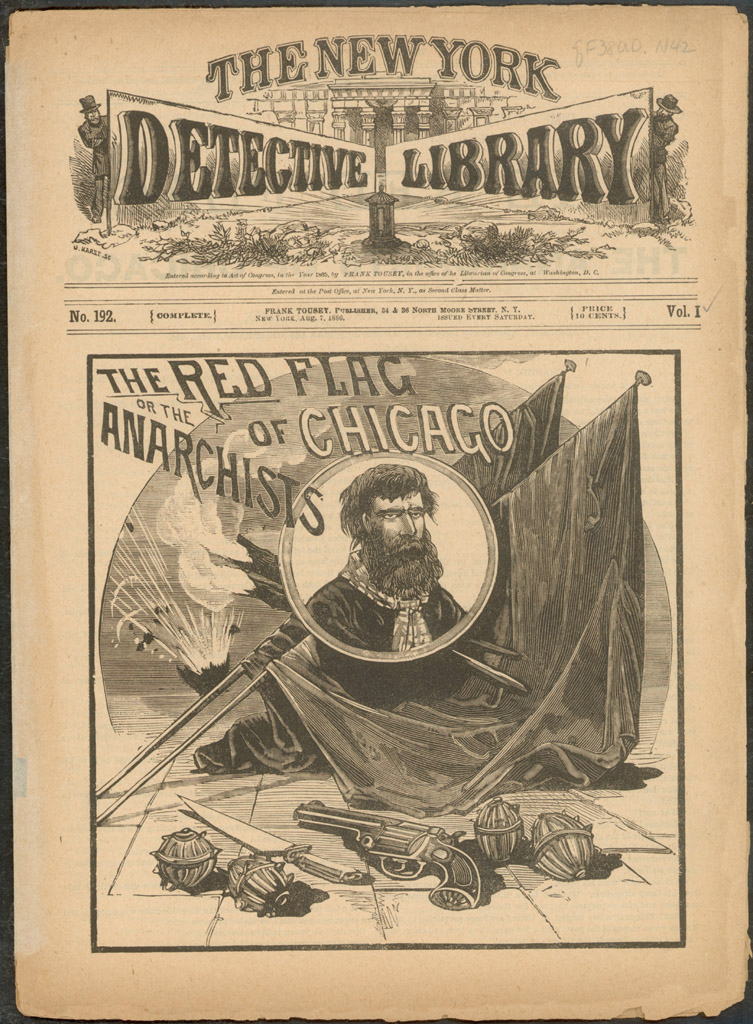Guided Primary Source Analysis: Tesla’s 1922 Tech Predictions
Access this newspaper page online and zoom into the cartoon, what inventions are referenced in the comic? Now read the article. Are the same inventions referenced in the text? What other inventions does the article discuss? List the inventions discussed in the article that are a reality today. Compare and contrast one of the predicted inventions…

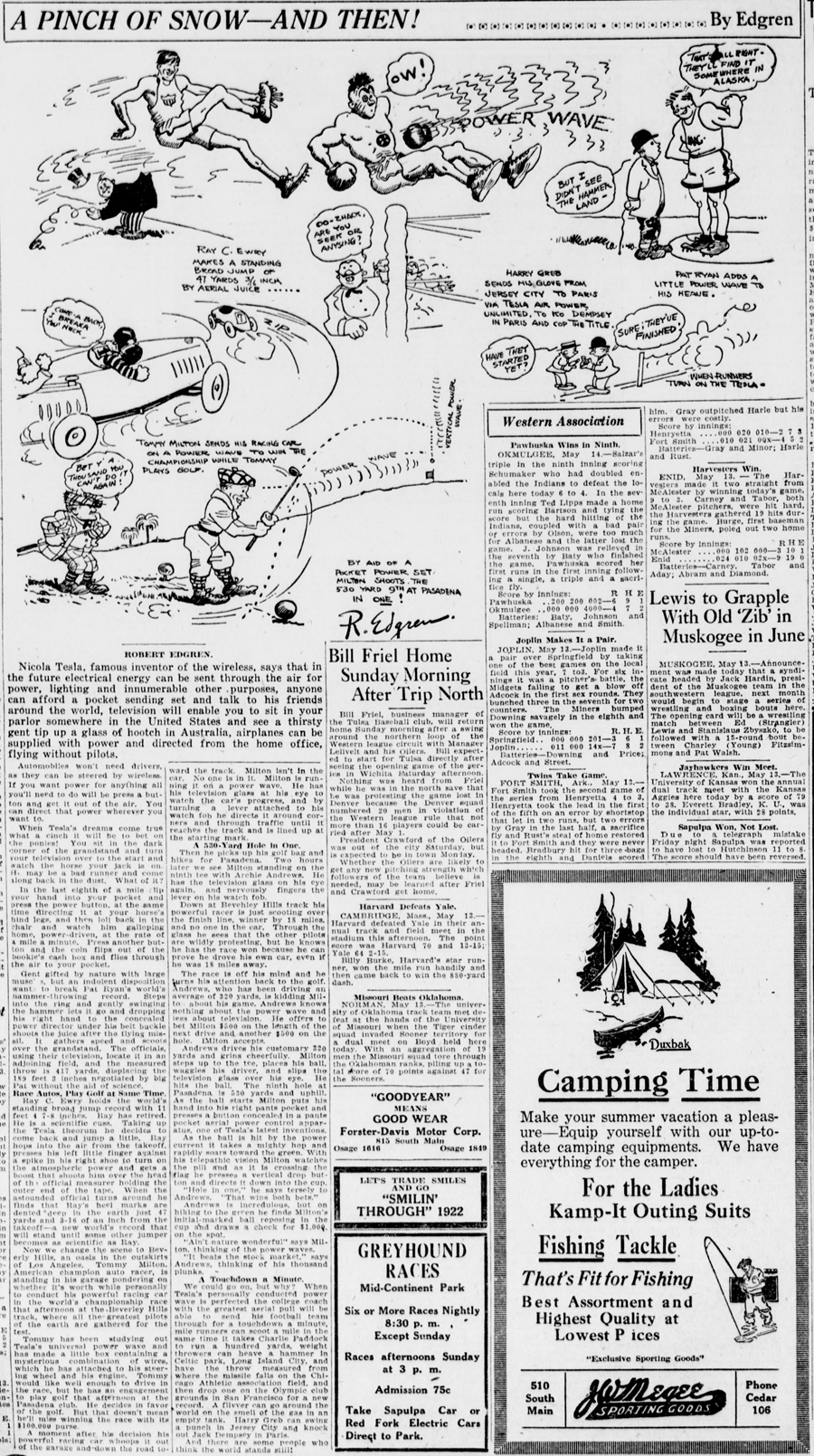
![Civil rights march on Wash[ington], D.C.](https://primarysourcenexus.org/wp-content/uploads/2013/08/bloomswritingprompts.jpg)
